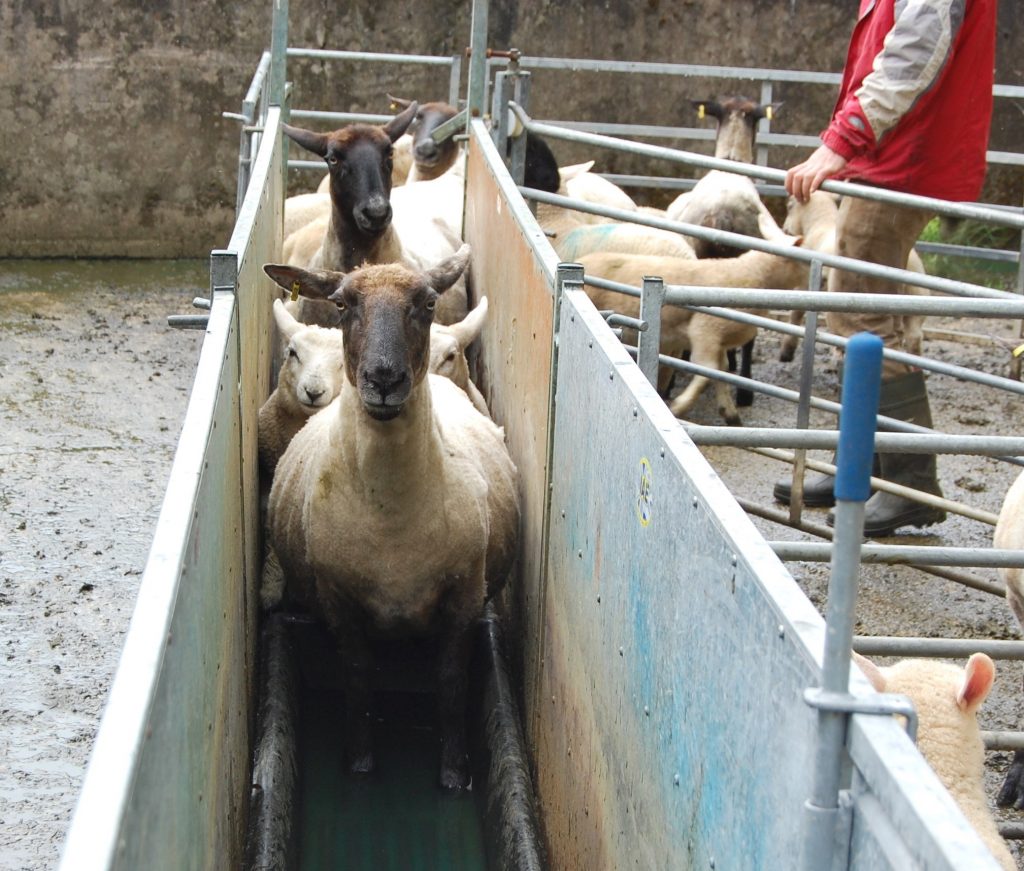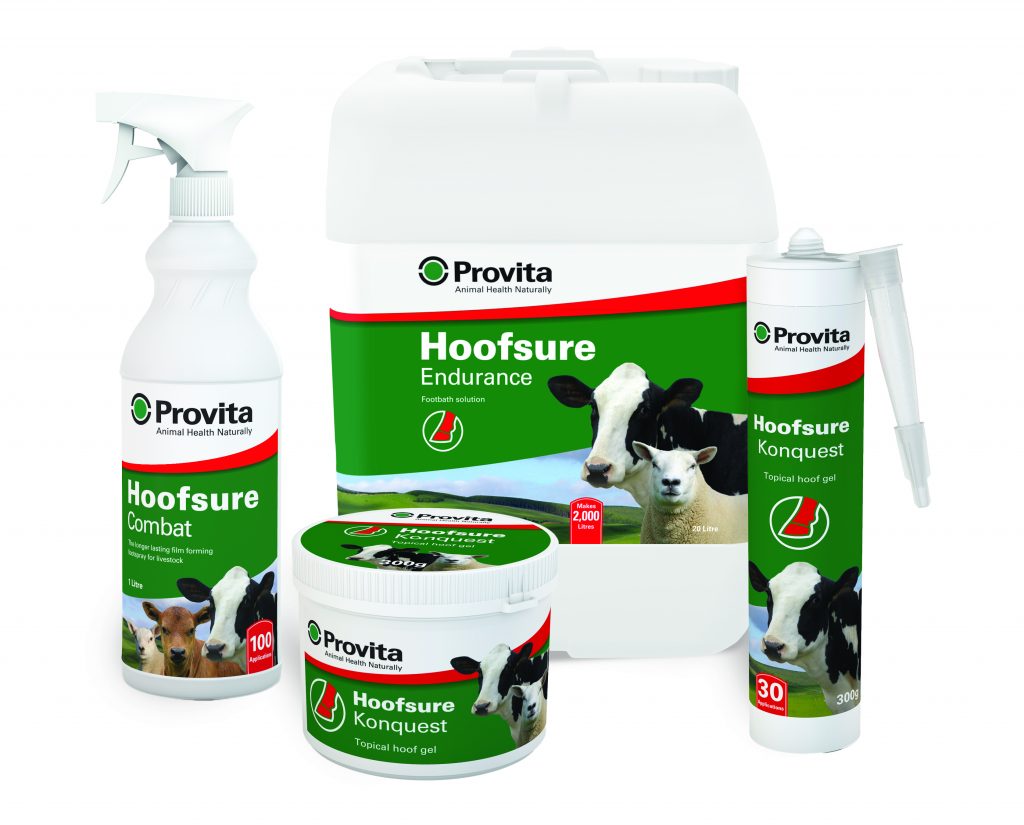Given the increased focus in Ireland on lameness in sheep and the likely disappearance of Formalin in the near future producers need to start looking at other options for footbathing. Lameness can cost €1000 per 100 ewe flock with lameness levels rising during the summer months due to the higher stocking rate, longer grass and damp conditions. On local sheep farms the main two causal agents of lameness are footrot and scald. These represent approximately 90% of all cases. The remaining 10% arise from various different infections and other causes such as injuries. Farmers who change their management to include footbathing as part of a sheep lameness control plan will benefit from a reduction in lame sheep and a subsequent increase in profits.

It is possible to successfully control footrot in your sheep. This is because the bacteria that cause footrot cannot live in the absence of the sheep for more than two weeks. Therefore, by eliminating footrot from the sheep and moving them to ‘clean’ ground (where there have been no sheep for the previous two weeks), it should be possible to eliminate the footrot bacteria from the holding. That’s the theory – in practice there are usually a few chronically infected sheep on the farm that act as reservoirs of infection and keep the cycle going. As soon as these are identified they should be separated and treated individually. Separate lame sheep from healthy sheep as scald and foot rot are highly infectious.
Use a combination of sprays, paring and antibiotic injections (consult your vet) to treat foot infections. Sheep that are lame should be identified quickly, separated from the main flock and treated intensely. Antibiotic and non antibiotic methods can be used for individual sheep, consult your vet about the most effective antibiotic spray or injection.
Routine prevention footbaths should be done on average once a month and when there is an increased risk every two weeks. Footbathing should be done once a week when sheep are housed. An effective footbath is an essential part of any sheep handling unit. When using the footbath it is important to have the correct concentration of solution and adequate height to ensure the hoof is fully immersed. The depth of the footbath is of paramount importance. In the case of sheep, the minimum footbath depth should be 3 inches. It is advised that you fill 1.5-2 inches above the minimum fill level, so as to account for spillage as the animals walk through. Where the sheep are just being walked through the footbath (i.e. not standing in it for a period of time) the footbath should ideally be longer. To achieve the best results, send them through the footbath every 2-6 weeks depending on risk level. Once the sheep have been foot bathed it is a good idea to allow them to stand on a clean dry surface for as long as is practical.
Hoofsure Endurance is a safe footbath solution containing organic acids, tea tree oil and wetting agents, and is finding favour with leading sheep producers throughout Ireland. It is available in 5 litre, 10 litre, 20 and 205 litre drums. It costs approximately 60 cents per sheep per year.
A recent independent study showed that 65% of sheep with feet problems showed improvement after one pass through a footbath containing Hoofsure Endurance at 2%.

When using Hoofsure Endurance a 1% dilution rate is required, so with a 100 litre bath (average size), only 1 litre is needed. As a general rule, 400 sheep passes can be achieved through a 100 litre footbath provided depth is maintained. It costs approximately 60 cents per sheep per year. If lameness problems persist Hoofsure Endurance can be used at 2% dilution rate.
The Hoofsure range includes two products for individual application on affected feet. Hoofsure Combat foot spray contains tea tree oil and organic acids, and when dry forms a sanitising long-lasting film. It costs approximately 30 cents per application. Hoofsure Konquest is a potent gel based on organic acids, tea tree oil and a penetrating agent, which is now available in convenient cost-effective 15g and 30g syringes. It costs approximately 80 cents per application.